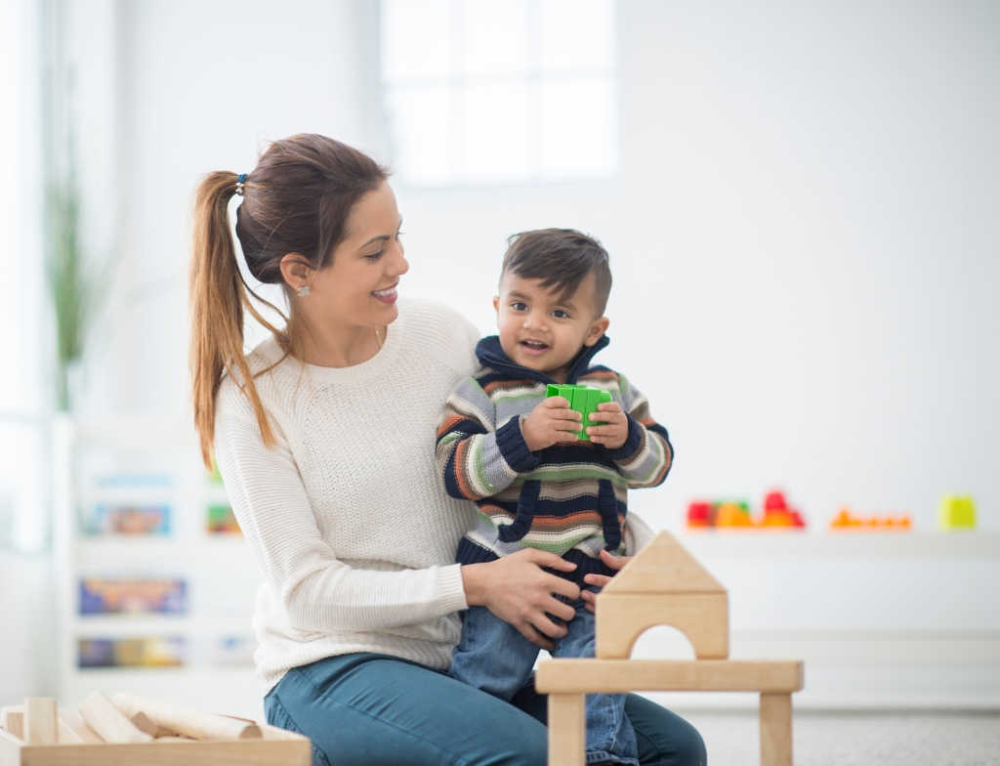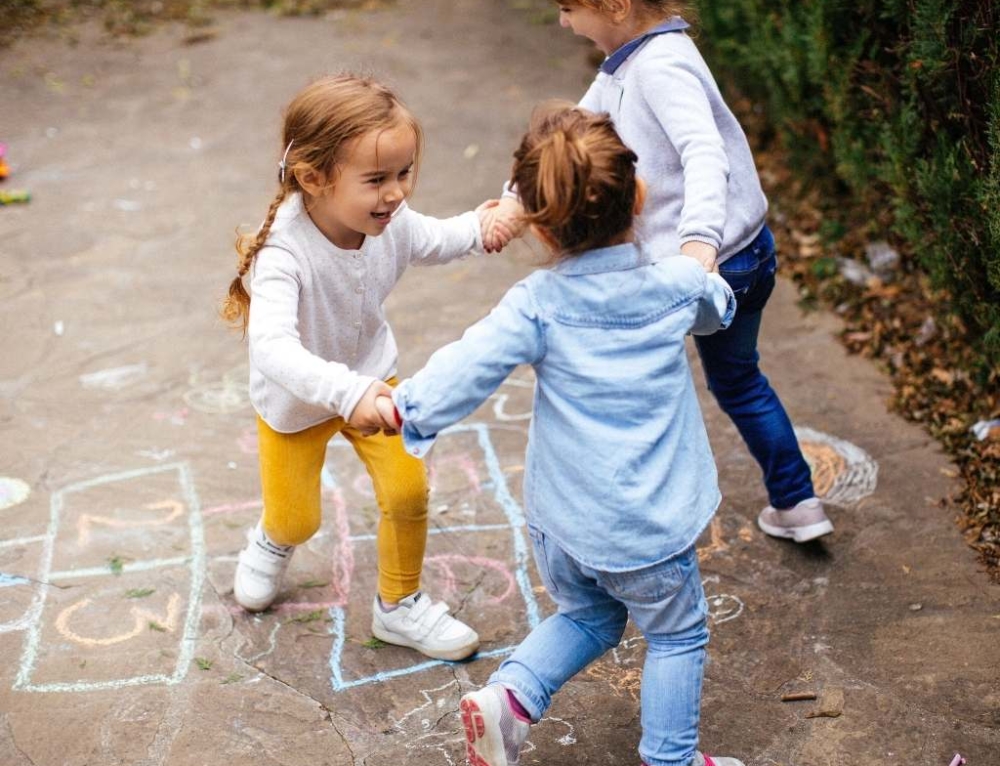One of the first things our children learn at school is how to write, but there’s no need to wait till they start school to help them start learning the skills they need to write. It’s possible to teach our children the foundations of handwriting before they start school or even pre-school.
There are some great ways to actively encourage early hand-writing, but many of the activities and play items that your baby or child currently plays with, already develop a whole range of skills linked to this type of learning – specifically fine motor skills.
Early pre-handwriting skills
Developing your child’s fine motor skills can really help with learning to write. “Good old Play-Doh,” is a pre-writing essential, says psychologist Nicole Pierotti. “From rolling out, to rolling into balls, this type of play is great for fine motor control and for the muscles needed later for writing.”
Mum Nicola Ray says she started trying to prepare her daughter, Sienna, for school well in advance. “As a parent, it is really important to see that certain types of play, such as opening and closing pegs, are needed for a variety of reasons by your child’s body and brain.”
“Fortunately, Sienna really enjoyed it. We would never have forced any activities on her, so we tried to make them fun and didn’t have a schedule or anything, just incorporated into her colour-in time,” Ray adds.
A little learning every day
So what are the best activities to do to foster the development of handwriting skills? And what skills are actually needed? According to Pierotti, it all starts with the pincer grip. “There is a huge range of activities that parents can do at home just during play that develop pincer grip step-by-step over the years. There’s buttoning, snapping, stringing beads, undoing and redoing clip-lock bags, peeling stickers, rolling clay into little balls, mega blocks, legos, spraybottles, squeeze toys and eye droppers.”
Some other great ideas include:
- Having writing and drawing materials out and accessible for your child. A scrap book is a good place to start with some fat crayons or fat pencils. This way they can use them whenever they like.
- Make sure your kids see you writing not just typing – make grocery lists, to do lists, and when they try to write, encourage them rather than correct in the early stages.
- Print out an alphabet chart, laminate it and hang it in their room where they can see it regularly
Activities to boost writing skills
Once children have started trying to write, you can encourage them further. Try these simple, fun things:
- Use an old tissue box as a post box and place at their bedroom door. Write simple notes to them and pop it into the box, for example, “I love you”. Make sure the notepaper is accessible; place a little pile on their desk, so they can write notes to you, too.
- Look for opportunities for them to write: when you are writing out birthday cards, get them to sign their name no matter how it looks, it may even be just the first letter of their name.
For Ray, she found the best activity involved writing out dots for her daughter to join together to make the letters. “There are also some great apps which help with writing practices, which is probably a better use of the technology than Angry Birds or watching movies. The technology is going to be part of the future for our children whether we agree with it or not, it’s just about making sure there is value in how they use it,” says Ray.
Combining learning and play
Ray says while she was conscious of making sure her daughter had time for play as well as learning, she thought it was important to introduce the concept of education/learning/writing early so it wasn’t so foreign when her daughter started school. “In a room full of other children, starting from scratch may have presented some real challenges.
“Sienna can’t wait to start school next year. She loves writing on her friend’s birthday cards in her own writing, and with some guidance on what letters to use she can pretty much write quite confidently. And she really gets a lot of pride and confidence from doing things on her own, which I’m hopeful will translate into how she adjusts to life at school next year.”
This article was written for Kidspot by Nicole Madigan with additional information from Baby Smiles.







Leave A Comment
You must be logged in to post a comment.